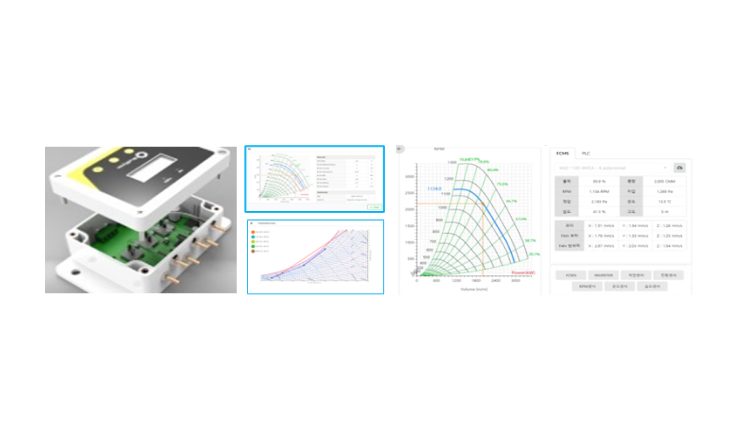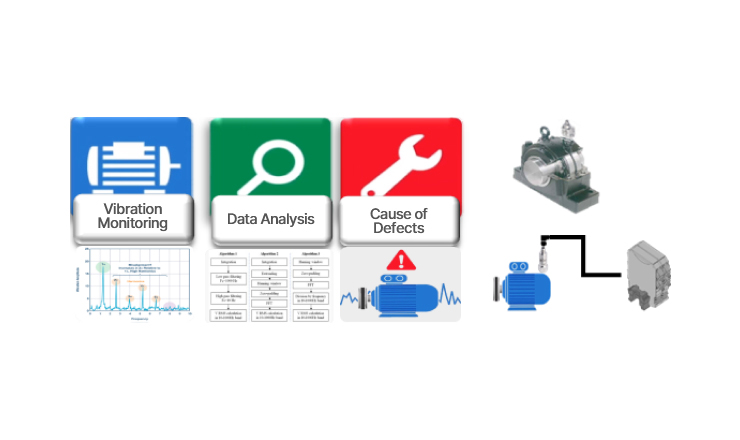Industrial HVAC System (Heating, Ventilation, Air Conditioning)
- Automatic Control System Core of Smart HVAC
-
Our industrial controllers enable up to 25% energy savings through an advanced control system that manages enthalpy, proportional settings, fan speed, operating modes, and differential pressure.
Additionally, an intuitive display monitor supports both on-site and remote control, offering detailed operational statistics, including energy usage.
By leveraging automatic control data, predictive HVAC becomes feasible, setting the standard for smart HVAC solutions.

-
Key Functions
-
- Maintain optimal operating conditions via data collection and analysis
- 5 Core Controls: Enthalpy Control, Proportional Control, Fan Speed Control, Operating Mode Control, and Differential Pressure Control
-
Applications
-
-
Air Handling Units
-
Fans
-
HVAC for Smart Farms
-
Fan Control Sysytem
(FCM)
-
-
Core Advantages
-
-
- Realization of Predictive Operation
-
- Real-time Data Collection for Static Pressure, Power, Efficiency, and RPM (FCM)
-
- Visualized Monitoring Display
-
-

- HVAC Equipment Control System (Smart Farm HVAC Control)
-
This system collects and analyzes all operational data from HVAC units to maintain optimal operating conditions.
Our proprietary advanced fan control technology enables predictive operation, achieving up to 25% energy savings.
-

- Fan Control System (FCM)
- We developed the world’s first system (FCM) for real-time data collection and control of blower airflow, system static pressure, power, efficiency, and RPM during equipment operation. This precise, real-time data collection enhances system stability and maximizes efficiency. Information is also visualized on a monitor for improved user accessibility and convenience.
-

- Vibration Monitoring Technology (VMT)
- Industries such as power plants, semiconductor manufacturing, and chemical processing require blowers that operate continuously, necessitating periodic vibration monitoring for safety. Our VMT monitors real-time blower operation and captures three-axis acceleration vibration values, enabling quick identification of vibration sources. VMT is especially optimized for blowers, offering excellent cost-efficiency in this application.


